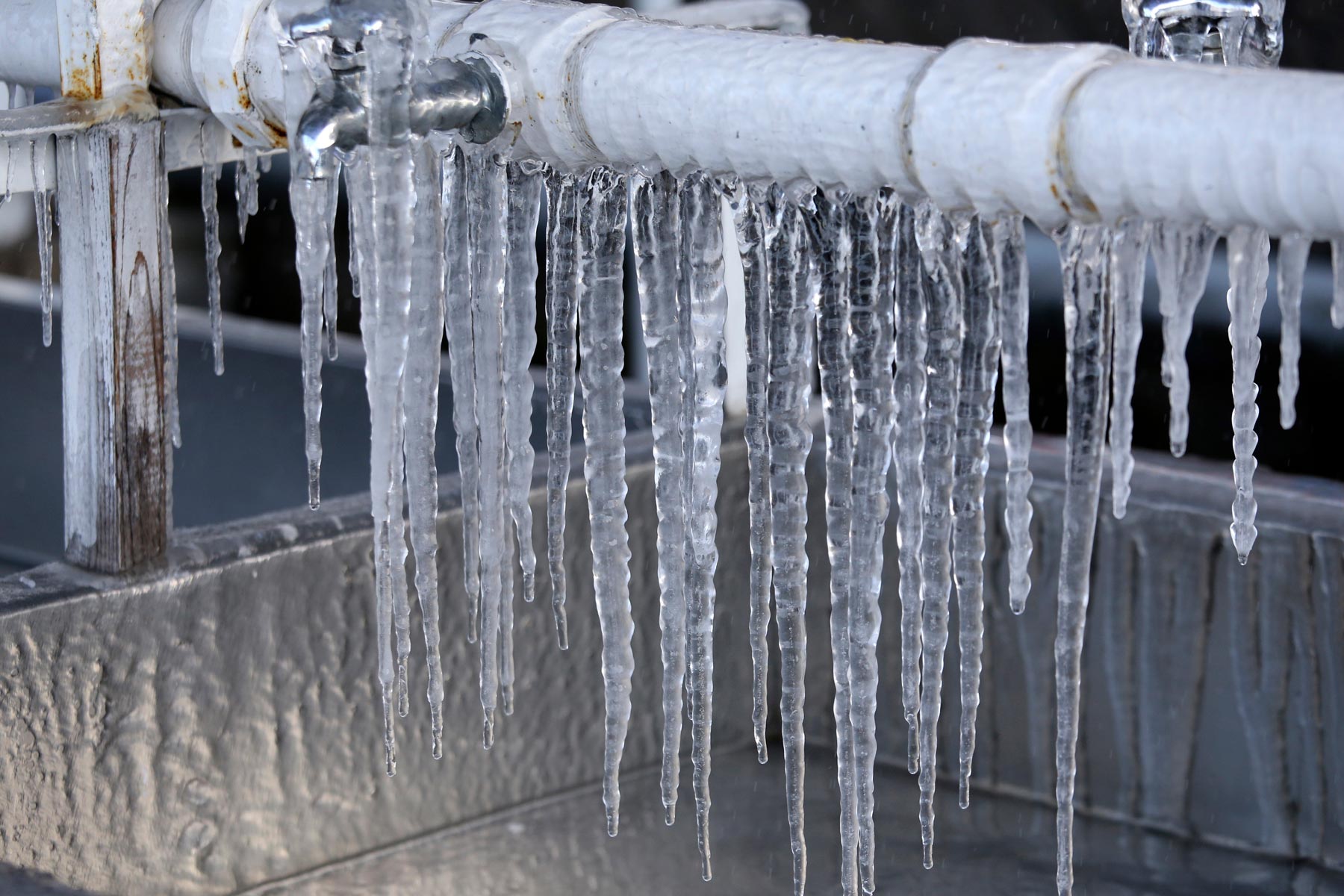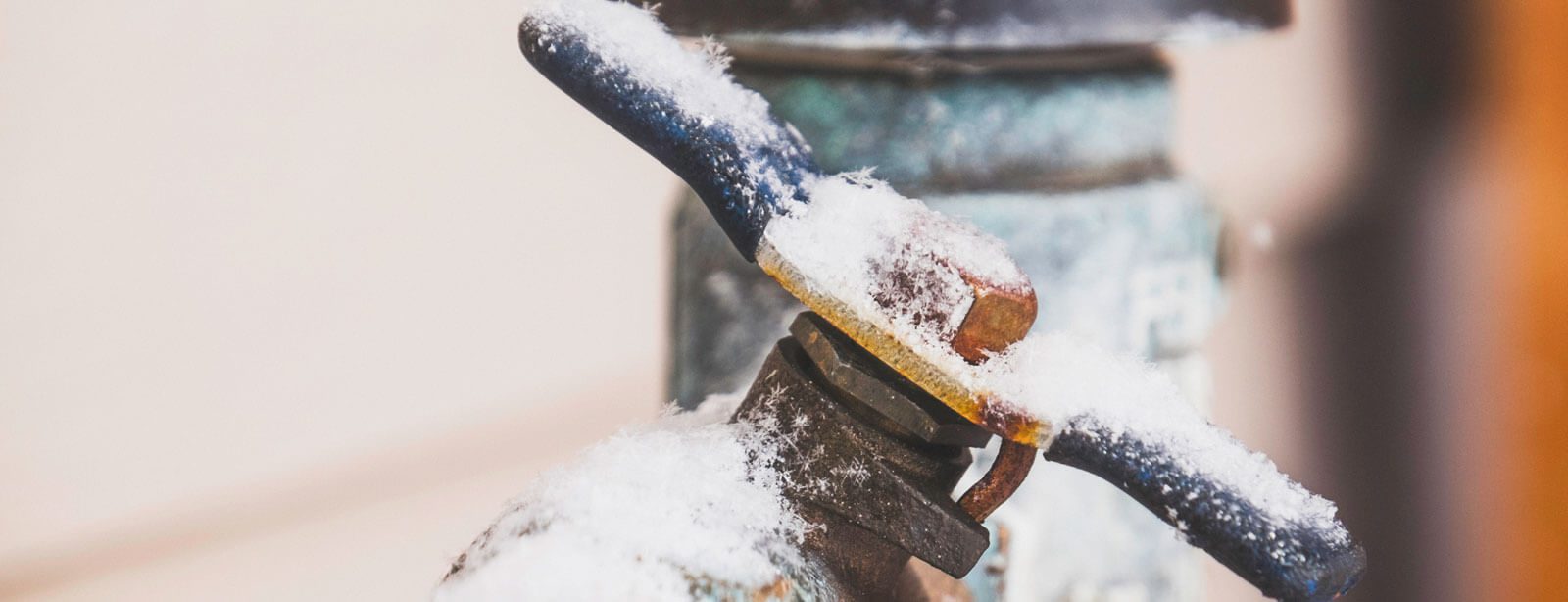Any individual is bound to have his or her own thinking with regards to How to prepare your home plumbing for winter weather.

Winter can damage your pipes, specifically by freezing pipelines. Below's how to prevent it from happening and what to do if it does.
Introduction
As temperatures drop, the risk of icy pipelines rises, possibly bring about expensive repairs and water damages. Understanding just how to avoid frozen pipelines is important for homeowners in chilly climates.
Comprehending Icy Pipes
What triggers pipelines to ice up?
Pipelines ice up when exposed to temperature levels listed below 32 ° F (0 ° C) for extended periods. As water inside the pipes freezes, it broadens, taxing the pipeline wall surfaces and potentially triggering them to break.
Dangers and problems
Frozen pipes can result in supply of water disturbances, residential property damage, and costly fixings. Burst pipes can flooding homes and create extensive architectural damages.
Indicators of Frozen Pipes
Identifying icy pipelines early can avoid them from breaking.
How to determine icy pipelines
Search for decreased water flow from taps, uncommon smells or sounds from pipes, and noticeable frost on subjected pipelines.
Avoidance Tips
Protecting prone pipelines
Cover pipelines in insulation sleeves or utilize warm tape to safeguard them from freezing temperatures. Concentrate on pipelines in unheated or outside areas of the home.
Home heating strategies
Keep indoor areas effectively heated up, especially locations with plumbing. Open up closet doors to allow cozy air to circulate around pipes under sinks.
Safeguarding Outdoor Pipes
Yard pipes and exterior faucets
Disconnect and drain pipes yard pipes before winter months. Mount frost-proof faucets or cover outdoor taps with shielded caps.
What to Do If Your Pipelines Freeze
Immediate actions to take
If you presume frozen pipes, keep taps available to eliminate pressure as the ice thaws. Utilize a hairdryer or towels soaked in warm water to thaw pipes gradually.
Long-Term Solutions
Structural adjustments
Take into consideration rerouting pipes far from exterior wall surfaces or unheated areas. Include extra insulation to attic rooms, cellars, and crawl spaces.
Upgrading insulation
Buy top notch insulation for pipelines, attics, and wall surfaces. Proper insulation assists keep consistent temperatures and minimizes the threat of frozen pipes.
Final thought
Protecting against frozen pipes needs aggressive actions and fast responses. By comprehending the causes, indications, and preventive measures, house owners can secure their pipes throughout winter.
5 Ways to Prevent Frozen Pipes
Drain Outdoor Faucets and Disconnect Hoses
First, close the shut-off valve that controls the flow of water in the pipe to your outdoor faucet. Then, head outside to disconnect and drain your hose and open the outdoor faucet to allow the water to completely drain out of the line. Turn off the faucet when done. Finally, head back to the shut-off valve and drain the remaining water inside the pipe into a bucket or container. Additionally, if you have a home irrigation system, you should consider hiring an expert to clear the system of water each year.
Insulate Pipes
One of the best and most cost-effective methods for preventing frozen water pipes is to wrap your pipes with insulation. This is especially important for areas in your home that aren’t exposed to heat, such as an attic. We suggest using foam sleeves, which can typically be found at your local hardware store.
Keep Heat Running at 65
Your pipes are located inside your walls, and the temperature there is much colder than the rest of the house. To prevent your pipes from freezing, The Insurance Information Institute suggests that you keep your home heated to at least 65 degrees, even when traveling. You may want to invest in smart devices that can keep an eye on the temperature in your home while you’re away.
Leave Water Dripping
Moving water — even a small trickle — can prevent ice from forming inside your pipes. When freezing temps are imminent, start a drip of water from all faucets that serve exposed pipes. Leaving a few faucets running will also help relieve pressure inside the pipes and help prevent a rupture if the water inside freezes.
Open Cupboard Doors
Warm your kitchen and bathroom pipes by opening cupboards and vanities. You should also leave your interior doors ajar to help warm air circulate evenly throughout your home.

As a serious reader on How to prepare your home plumbing for winter weather, I thought sharing that piece was a great idea. Those who enjoyed our blog posting plz don't forget to share it. I cherish your readership.
Book Today